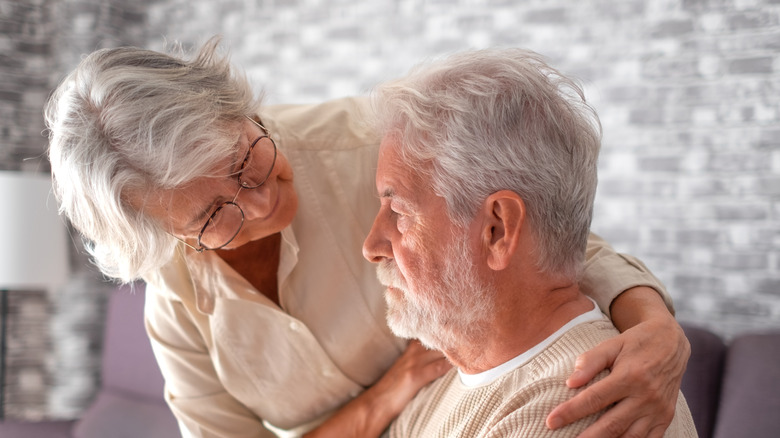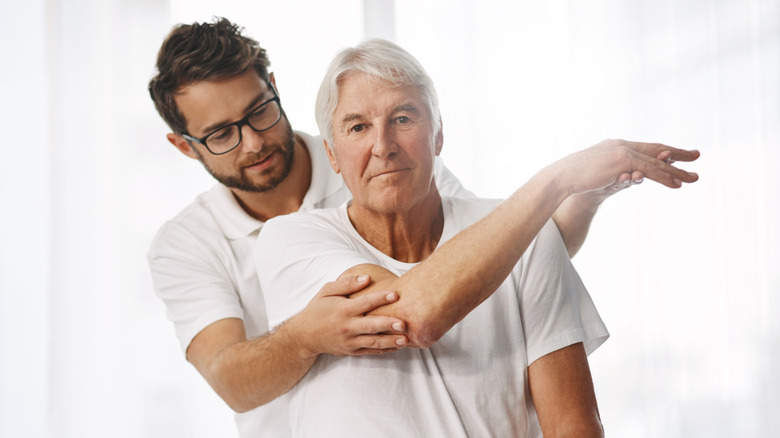
Often, when we consider the symptoms of dementia, we envision an individual experiencing difficulties with memory or thinking. However, as Healthline explains, dementia extends beyond cognitive issues, encompassing physical symptoms like instability, lack of muscle control, and changes in posture.
Dementia posturing can notably increase an individual’s injury risk, particularly as the condition advances. Abnormal postures, such as stooping, swaying, shuffling, or freezing, can disrupt balance, coordination, and spatial awareness, rendering everyday activities more hazardous.
As posture becomes less stable, individuals become more susceptible to falls, a leading cause of injury among people with dementia. Muscle weakness and rigid or jerky movements can further limit the body’s capacity to react swiftly to prevent a fall or recover from an off-balance position.
Over time, these physical challenges may result in fractures, head trauma, or a general decline in mobility—factors that can expedite both physical and cognitive deterioration. In this manner, the motor symptoms linked to dementia posturing create a cycle of growing frailty and injury risk that necessitates vigilant monitoring and proactive support.
What causes dementia posturing

According to myALZteam, dementia leads to the gradual loss and death of brain cells (neurons), causing the brain to shrink, or atrophy. As neurons die, the brain loses its ability to send and receive signals that guide body movements and maintain upright posture. When areas of the brain responsible for posture, balance, and motor control—such as the brainstem or frontal cortex—are affected, noticeable changes in movement occur. (Here’s what causes your risk of dementia to increase.)
Damage to the brainstem, for instance, can lead to poor balance, muscle weakness, difficulty walking, and even changes in heartbeat or breathing. Meanwhile, damage to the frontal cortex can affect muscle control and coordination, heightening the risk of falls.
Since many forms of dementia impact multiple brain areas, it’s common for posturing symptoms to appear alongside memory loss, confusion, or mood changes. The more severe the damage or the more critical the affected area, the more pronounced the physical symptoms tend to be.
How dementia posturing is managed

Managing dementia posturing requires a multifaceted approach addressing both the physical and emotional needs of the individual, states Knowridge Science Report. Though challenging, early recognition and supportive care can significantly enhance comfort, function, and dignity. (Learn more about how dementia is treated.)
Physical therapy is crucial in maintaining mobility and preventing complications like contractures, where muscles become stiff and shortened due to prolonged rigidity. Gentle stretching, range-of-motion exercises, and regular movement can help reduce discomfort and preserve joint flexibility. Occupational therapy may also adapt daily activities and provide supportive tools—such as cushions, braces, or modified clothing—to make care easier and safer. In some cases, medications that reduce muscle stiffness or spasms may be considered, though they must be used cautiously due to potential side effects in older adults.
Caregivers play a vital role in managing posturing. Frequent repositioning, supportive bedding, and a calm, structured routine can help reduce discomfort and lower the risk of pressure sores and injury. Encouraging daily activity and maintaining a comforting environment can also enhance quality of life.




